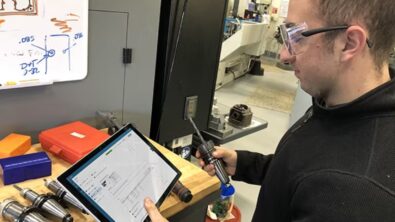Software threats only come in one size: devastating

As devices get more connected, the software is increasingly a key part. Understanding the makeup of the software is vital to checking it for vulnerabilities and threats. Unfortunately, when included in a bill of materials, manufacturers list the software as a single item. With growing cybersecurity risks, it’s more important than ever to include each component of software builds to check against known risk databases.
How a comprehensive software component list protects against software threats
Beyond the source code managed by the software development team, typical software builds include source code and objects from external libraries, open-source projects and third-party vendors. Much of this is opaque to the software product development team. So, how do software development teams build a component list?
Ready access to the components that make up the software is a key component for protecting an organization from vulnerabilities. By building and maintaining a software bill-of-materials (SBOM) for all software that an organization creates, organizations have ready access to a software component list.
With each new threat discovery, a simple lookup against the organizations’ SBOMs can reveal if vulnerabilities raised by these threats exist in the software. Due to the nature of software threats and vulnerabilities, detection speed is critical in preventing potential catastrophe.
How can using an SBOM help protect against threats and vulnerabilities?
- Interrogate the SBOM against vulnerability databases to quickly identify threats
- Increase software quality assurance by knowing what software the program is built on
- Discover meta data regarding source code authors, library artifacts, open-source components, utility components and third-party software built-in
- Benefit from a hierarchical structure that shows the relationships between components
Leverage SBOMs and Application lifecycle management (ALM)
Leverage ALM to help generate the software bill-of-materials (SBOM) to track and manage threats and vulnerabilities in a software program. Since continuous integration/continuous deployment (CI/CD) is an integral part of the application lifecycle management (ALM) process, teams can incorporate the SBOM build. ALM processes offer comprehensive tracking across the lifecycle, including traceable source code artifacts to requirements.
Learn more about what to include in SBOMs and how ALM can help you proactively identify cybersecurity threats in the whitepaper: Software threats only come in one size: devastating.


